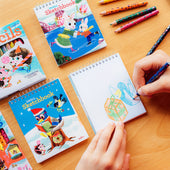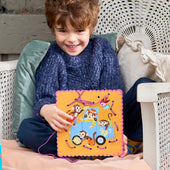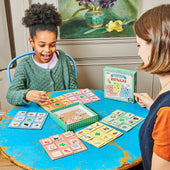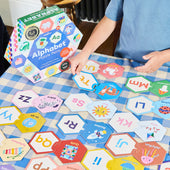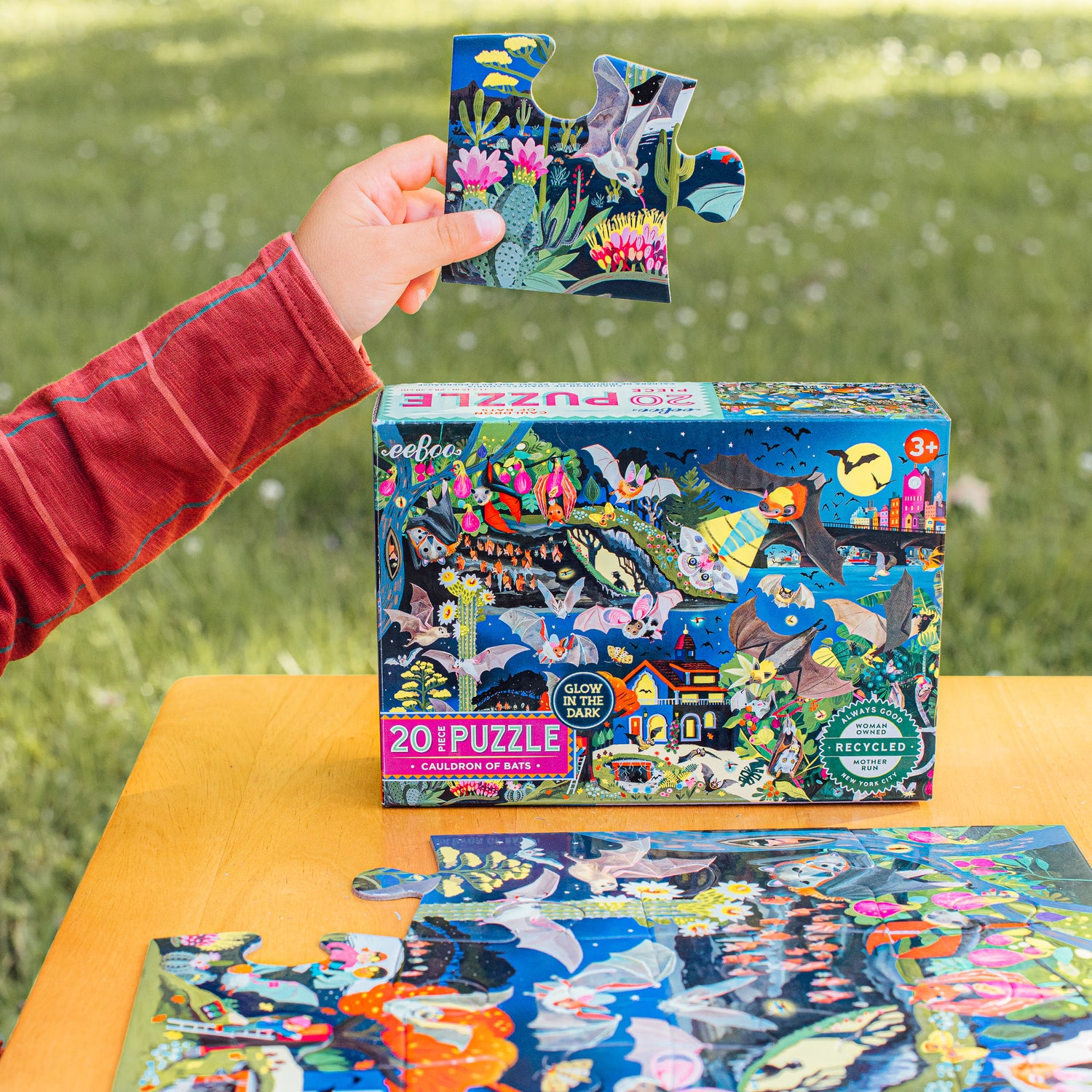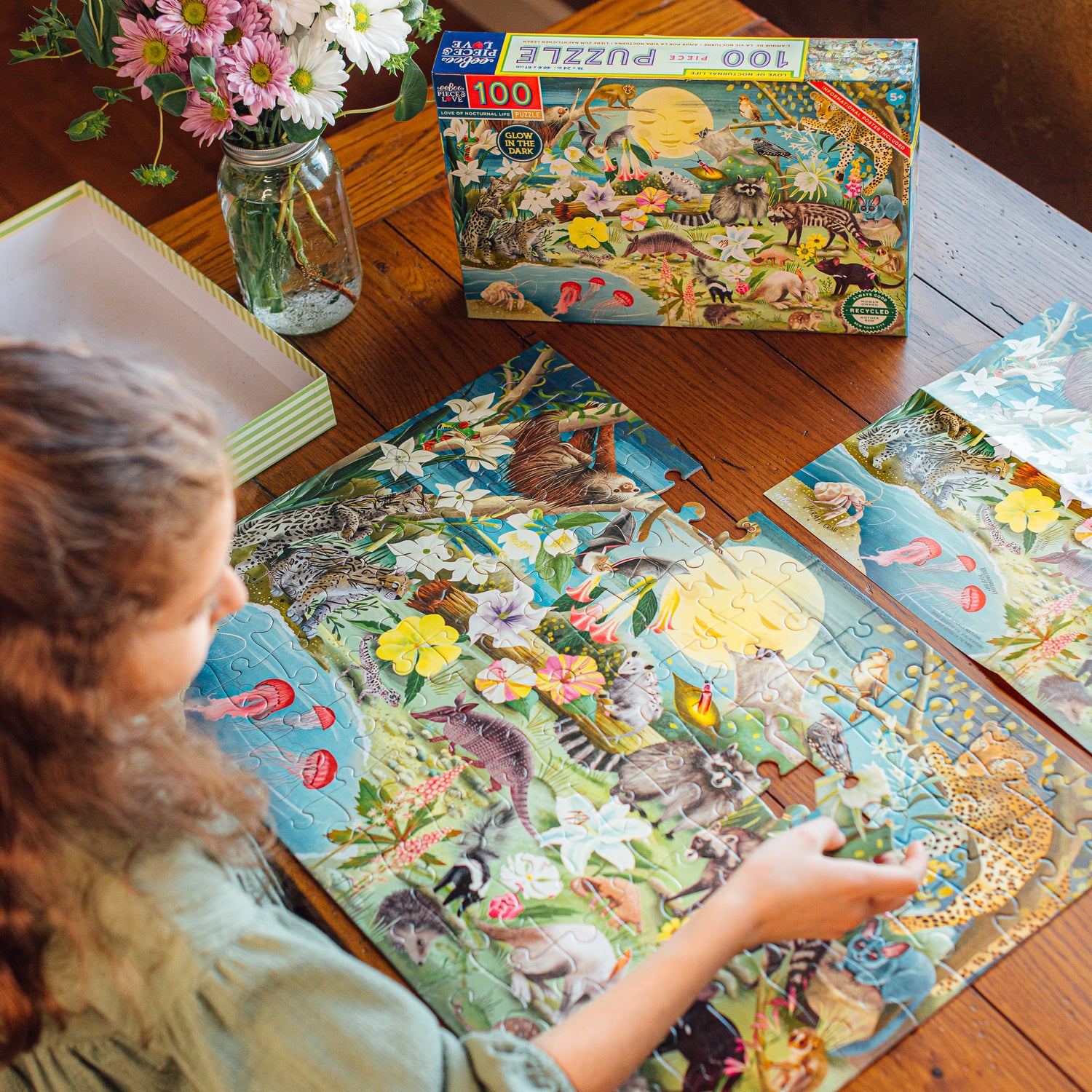Parallel Play is a Crucial Stage in Early Childhood Development in Ages Two to Three
Parallel play is a stage in early childhood development where children play adjacent to each other but do not directly interact or collaborate. This type of play typically occurs between the ages of 2 and 3 years. While it may seem that the children are playing independently, parallel play is a vital precursor to more interactive forms of play and is essential for social and cognitive development.
Characteristics of Parallel Play
-
Proximity without Interaction: Children engage in activities near each other, often using similar toys or materials, but do not try to influence or coordinate with each other's play.
-
Observation and Imitation: Children frequently observe and imitate the actions of their peers. This behavior helps them learn new skills and understand social norms without the pressure of direct interaction.
-
Individual Focus: Each child remains focused on their own task or game. Despite the lack of direct communication, they are aware of and influenced by the presence of other children.
-
Developing Awareness: Parallel play helps children develop awareness of others, laying the groundwork for future social interactions and cooperative play.
Benefits of Parallel Play
-
Social Development: Parallel play is an important step towards social interaction. It helps children become comfortable with the presence of others and prepares them for more complex social engagements.
-
Language Development: Even without direct communication, children are exposed to the language used by their peers, enhancing their vocabulary and understanding of verbal cues.
-
Cognitive Skills: Observing and mimicking peers during parallel play stimulates cognitive development. Children learn problem-solving skills, new techniques, and the use of different toys or materials.
-
Emotional Regulation: Parallel play allows children to manage their own emotions and reactions while in a shared space, fostering emotional resilience and self-regulation.
Examples of Parallel Play
-
Art and Craft Activities: Children might sit at the same table, each drawing or coloring their own picture, without directly interacting but occasionally glancing at each other’s work.
-
Building Blocks: Two children might build separate structures with blocks side by side. They observe each other's creations and may adopt techniques without directly collaborating.
-
Sandbox Play: In a sandbox, children might dig, build, and play near each other, each engaged in their own project but aware of and influenced by the activities of others.
-
Toy Play: Children might play with similar toys, such as cars or dolls, in close proximity, engaging in their own imaginative scenarios while occasionally observing each other.
Supporting Parallel Play
-
Provide Shared Spaces: Create environments where children can play side by side. Ensure there are ample materials and toys that encourage parallel play, such as blocks, art supplies, and sandboxes.
-
Model Behavior: Adults can model parallel play by engaging in similar activities alongside the children, demonstrating how to play independently while being part of a group.
-
Encourage Observation: Gently encourage children to observe their peers and discuss what they see. This can be done by commenting on each child’s activity in a way that draws attention to others.
-
Respect Individuality: Recognize that each child has their own pace and comfort level with social interactions. Allow children to engage in parallel play without forcing direct interaction, fostering a sense of security and independence.
Parallel play is a critical stage in early childhood development that serves as a bridge between solitary and more interactive forms of play. It promotes social awareness, cognitive growth, language development, and emotional regulation. By understanding and supporting parallel play, caregivers and educators can help children develop the foundational skills necessary for successful social interactions and cooperative play in the future.
Shop Toys


